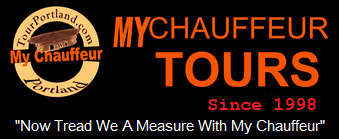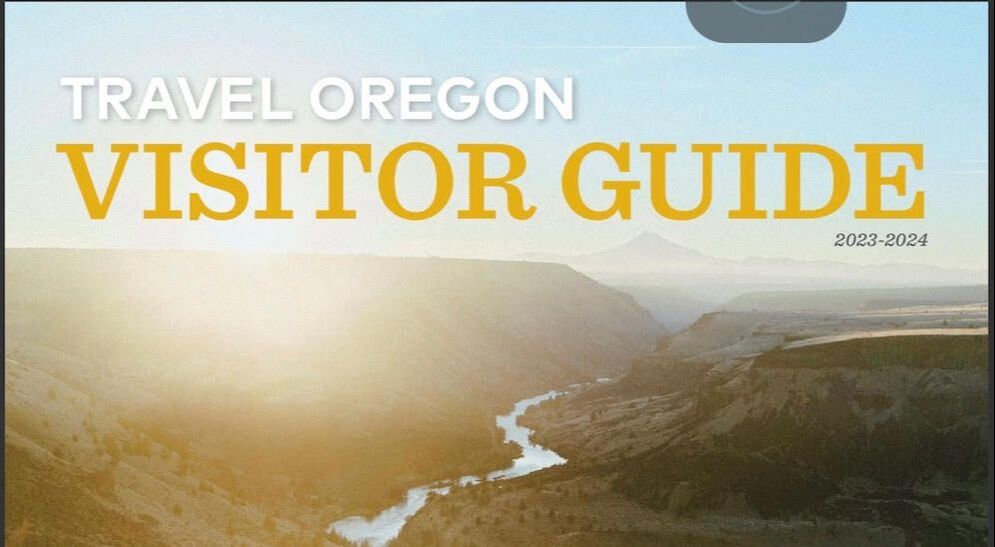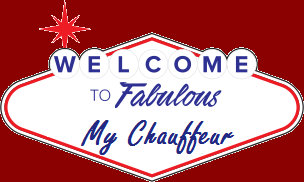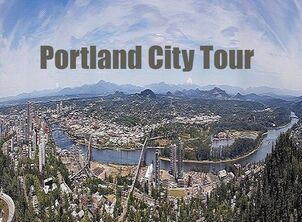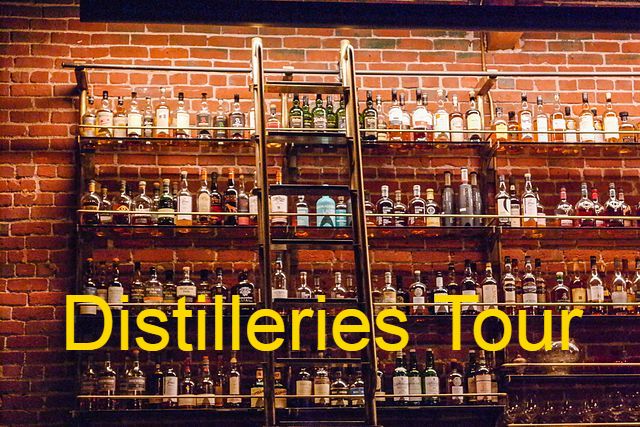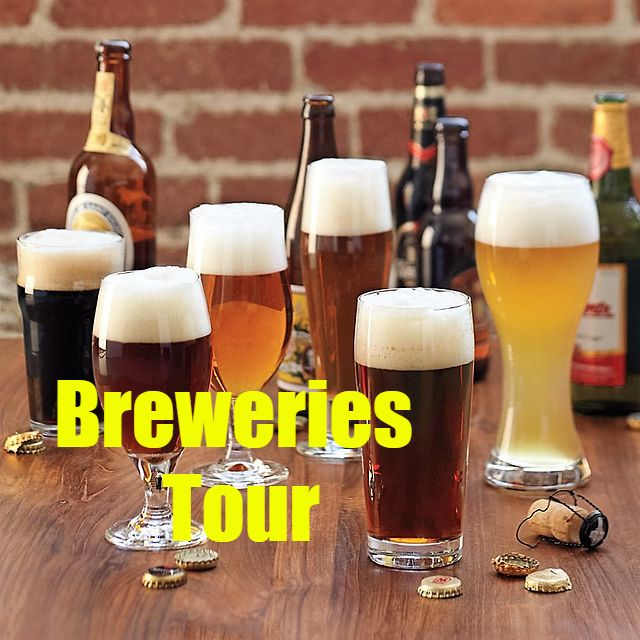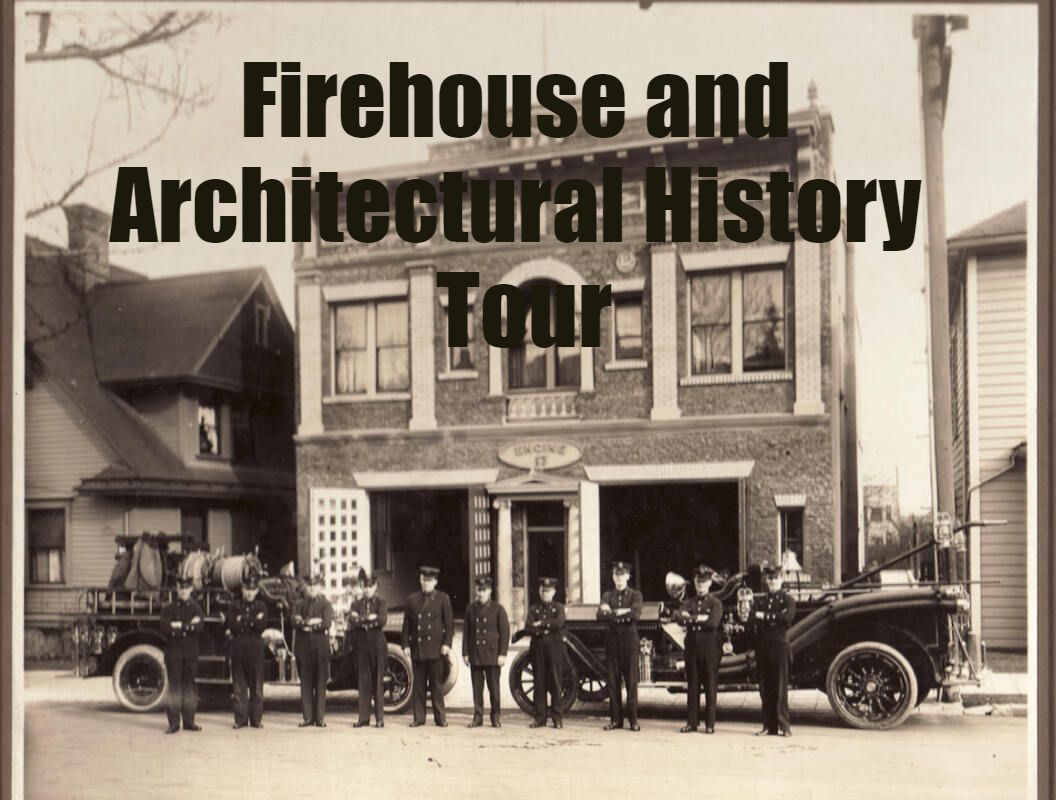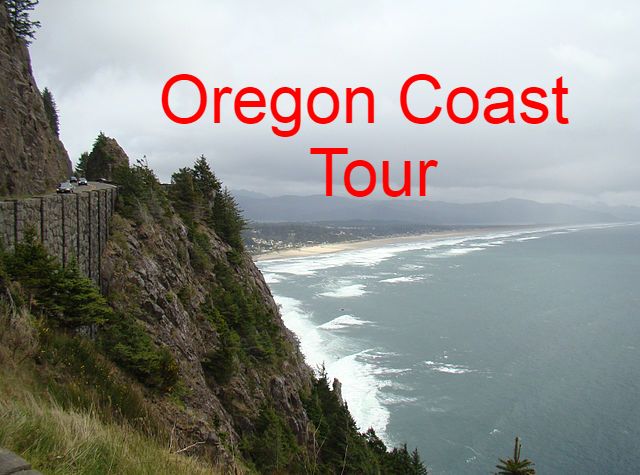NEXT, WE'LL VISIT PIER 39, AND THE HANTHORN CANNERY MUSEUM.
ABOUT PIER 39. AND THE HANTHORN CANNERY MUSEUM.
There is no charge to enter the museum, but there is a gift shop and several donation boxes if you would like to support their efforts.
It is self-guided. You can touch most of the fish boats, nets, AND machinery.
See the historic canning equipment, experience the inside of an industrial freezer, and imagine yourself standing in one of the historic gillnet boats used to catch the fish.
Exploring Pier 39 on Foot.
Parts of Pier 39 are 150 years old, floors are uneven, and there are trip hazards, and trap doors, so please proceed carefully, and...
“watch your step!”.
Beyond the Coffee Girl, the dock has no guardrails, so keep your children near
ABOUT PIER 39. AND THE HANTHORN CANNERY MUSEUM.
There is no charge to enter the museum, but there is a gift shop and several donation boxes if you would like to support their efforts.
It is self-guided. You can touch most of the fish boats, nets, AND machinery.
See the historic canning equipment, experience the inside of an industrial freezer, and imagine yourself standing in one of the historic gillnet boats used to catch the fish.
Exploring Pier 39 on Foot.
Parts of Pier 39 are 150 years old, floors are uneven, and there are trip hazards, and trap doors, so please proceed carefully, and...
“watch your step!”.
Beyond the Coffee Girl, the dock has no guardrails, so keep your children near
The Hanthorn Cannery, (Also known as the Bumble Bee museum, is a brand that became famous throughout the world).
Bumble Bee Seafood was founded in Astoria, and it closed its headquarters here in 1981. Their facility houses a collection of historic equipment and documents, that is second only to the Columbia River Maritime Museum down the road.
In the late 19th century, a large immigrant population from China provided the labor to catch and process salmon, for a burgeoning market worldwide. Beginning with the Chinese Exclusion Act of eighteen eighty two, a series of laws were passed over the next 20 years that ended immigration from China.
Europeans, especially Scandinavians, arrived in Astoria around 1900, and became a major part of the fishing industry, and Astoria’s culture.
The Hanthorn Cannery was opened by J.O. Hanthorn in 1875. It was not the first cannery, but has outlived all the earlier operations, and now holds the proud title of the oldest cannery pier on the entire Columbia River.
Hanthorn had been a tinsmith in Portland before he entered the salmon packing field, which gave him an advantage in the new industry.
Tragically, in 1891, his daughter Hazel, fell through a trapdoor in the boat shop floor, and drowned.
Hanthorn was devastated by this loss, and had great difficulty adjusting after her death.
But the Hanthorn brand of salmon continued. And continued to grow.
The canning industry boomed in the late 1800s, and the pier grew to meet the growing demand for canned salmon and later tuna.
Fishermen now use the old freezer rooms to store their nets.
3 wooden gillnet boats are on permanent display, that show just how courageous these fisherman were, because the boats are pretty small for the amount of nets and fish they were pulling daily.
In addition are the canning machines, and historic photo's.
Seeing just how dangerous some of the machinery was, will give you the chills, as you walk through the old wooden-floored processing plant.
In the 1860s, most workers in Columbia River salmon canneries, were local white men. With the expansion of the salmon canning industry in the 1870s, Chinese men became the dominant workforce. However, as the number of Chinese immigrants declined after the eighteen eighty two Chinese Exclusion Act, canneries began employing Japanese immigrants as well as local white men, women, and children, with special permits, in greater numbers.
By the time the photo was taken, perhaps in the 1930s, white women made up a substantial portion of the cannery workforce.
See pictures. Pier 39.
Fish canneries shipped thousands of tons of salmon.
Here's how they did it.
One [person] does nothing but cut off heads, tails, and fins. Then he passes the fish onto another person who rips it open and takes out the insides. The next person scrapes off the scales. And so the salmon go all the way down these long rows of tables until they are dressed, washed, and sliced. Then they are put into cans and salt added, and the tops soldered on. The cans were tested, repaired if necessary, and then moved to retorts where they were cooked by compressed steam. Afterward the cans were coated with lacquer and labels applied, and are shipped to all parts of the world.
This facility, at one time, had a copper shop, butchering room, fillet room, liver picking area, net wharf, and a Chinese mess house.
Interpretive signs are scattered throughout the museum.
Also, THERE are hats and other personal items from the people who used to work here, but don’t any longer. If you stand next to some of the old equipment, you can almost hear what it sounded like back in the 1870s, when the plant was operating and it was Astoria’s largest employer.
Today, it’s a museum that is a stark reminder, about how the decline of the Salmon, and other fisheries along the Columbia River, also meant the decline of the fishing and canning jobs. What was once a city that relied on natural resources – Astoria was named after fur baron John Jacob Astor – now relies on its cultural and historical attractions.
Absent the glitz and glamor of the Columbia River Maritime Museum, it tells an important story about the history of the city, and the people who worked there.
With the museum sitting on a pier, it gives you a very cool vantage point to be close to the water, and you can even walk out and see some of the working docks. Looking out over the Columbia River you can also see freighters, and other boats navigating the river and the Columbia Bar, adding to the ambiance of the site.
While much of this industry has fragmented in the last 40 years, its thriving early years provided jobs, livelihood and a future for many generations of families in Astoria. Today, the oldest building at Pier 39 dates to eighteen seventy five, and is currently the second floor of the center building, and was placed on top of a lower story in the early 1900s. Today it houses a variety of private offices.
What we did, after walking through the museum, was enjoy a warm drink over in the Rogue Ales Public House, which is right next door.
Bumble Bee Seafood was founded in Astoria, and it closed its headquarters here in 1981. Their facility houses a collection of historic equipment and documents, that is second only to the Columbia River Maritime Museum down the road.
In the late 19th century, a large immigrant population from China provided the labor to catch and process salmon, for a burgeoning market worldwide. Beginning with the Chinese Exclusion Act of eighteen eighty two, a series of laws were passed over the next 20 years that ended immigration from China.
Europeans, especially Scandinavians, arrived in Astoria around 1900, and became a major part of the fishing industry, and Astoria’s culture.
The Hanthorn Cannery was opened by J.O. Hanthorn in 1875. It was not the first cannery, but has outlived all the earlier operations, and now holds the proud title of the oldest cannery pier on the entire Columbia River.
Hanthorn had been a tinsmith in Portland before he entered the salmon packing field, which gave him an advantage in the new industry.
Tragically, in 1891, his daughter Hazel, fell through a trapdoor in the boat shop floor, and drowned.
Hanthorn was devastated by this loss, and had great difficulty adjusting after her death.
But the Hanthorn brand of salmon continued. And continued to grow.
The canning industry boomed in the late 1800s, and the pier grew to meet the growing demand for canned salmon and later tuna.
Fishermen now use the old freezer rooms to store their nets.
3 wooden gillnet boats are on permanent display, that show just how courageous these fisherman were, because the boats are pretty small for the amount of nets and fish they were pulling daily.
In addition are the canning machines, and historic photo's.
Seeing just how dangerous some of the machinery was, will give you the chills, as you walk through the old wooden-floored processing plant.
In the 1860s, most workers in Columbia River salmon canneries, were local white men. With the expansion of the salmon canning industry in the 1870s, Chinese men became the dominant workforce. However, as the number of Chinese immigrants declined after the eighteen eighty two Chinese Exclusion Act, canneries began employing Japanese immigrants as well as local white men, women, and children, with special permits, in greater numbers.
By the time the photo was taken, perhaps in the 1930s, white women made up a substantial portion of the cannery workforce.
See pictures. Pier 39.
Fish canneries shipped thousands of tons of salmon.
Here's how they did it.
One [person] does nothing but cut off heads, tails, and fins. Then he passes the fish onto another person who rips it open and takes out the insides. The next person scrapes off the scales. And so the salmon go all the way down these long rows of tables until they are dressed, washed, and sliced. Then they are put into cans and salt added, and the tops soldered on. The cans were tested, repaired if necessary, and then moved to retorts where they were cooked by compressed steam. Afterward the cans were coated with lacquer and labels applied, and are shipped to all parts of the world.
This facility, at one time, had a copper shop, butchering room, fillet room, liver picking area, net wharf, and a Chinese mess house.
Interpretive signs are scattered throughout the museum.
Also, THERE are hats and other personal items from the people who used to work here, but don’t any longer. If you stand next to some of the old equipment, you can almost hear what it sounded like back in the 1870s, when the plant was operating and it was Astoria’s largest employer.
Today, it’s a museum that is a stark reminder, about how the decline of the Salmon, and other fisheries along the Columbia River, also meant the decline of the fishing and canning jobs. What was once a city that relied on natural resources – Astoria was named after fur baron John Jacob Astor – now relies on its cultural and historical attractions.
Absent the glitz and glamor of the Columbia River Maritime Museum, it tells an important story about the history of the city, and the people who worked there.
With the museum sitting on a pier, it gives you a very cool vantage point to be close to the water, and you can even walk out and see some of the working docks. Looking out over the Columbia River you can also see freighters, and other boats navigating the river and the Columbia Bar, adding to the ambiance of the site.
While much of this industry has fragmented in the last 40 years, its thriving early years provided jobs, livelihood and a future for many generations of families in Astoria. Today, the oldest building at Pier 39 dates to eighteen seventy five, and is currently the second floor of the center building, and was placed on top of a lower story in the early 1900s. Today it houses a variety of private offices.
What we did, after walking through the museum, was enjoy a warm drink over in the Rogue Ales Public House, which is right next door.
Also, at Pier 39 is...
Coffee Girl Espresso. Located at the Bumble Bee Museum, it's one of the most unique coffee houses in the world.
And, Rogue Ales and Public House: You cannot help but feel like a salty old sailor, when you belly up to the bar here. It is very hard not to completely fall in love with the place, especially if you love maritime views, really good hand-crafted ales, and maritime nostalgia.
And, the Hanthorn Crab Co. -- It's the Largest visible crab tank on the Oregon coast, & Pier 39 seafood. Tom Hilton, a native Astorian with family dating back to the 1800s, has stories to tell. He is as delightful as the seafood, and will make your adventure at Pier 39 one to remember. Stop In, Don't Be Shy. Dungeness crab, crab cocktails, salmon (seasonal) & Willapa Bay oysters.
Also here, is the Astoria Ferry (The Tourist Number 2, is a 1924 wooden-hulled car ferry, was built in Astoria, and was home ported at Pier 39. It was listed on the National Register of Historic Places. If you see crew aboard, you’re welcome to call, “Ahoy!”). The Tourist #2 returns to the Columbia River. Built in Astoria in 1924, it is the last remaining of Astoria's original fleet. Her last run was in July 1996 when the bridge opened. Working the last 50 years as a passenger ferry in Puget Sound, in 2016 she was rescued from salvage, returning her in an epic journey from Seattle. She will now have a new life...follow her progress at astoriaferry.com.
UPDATE. The Columbia River Bar, has taken another victim. The Astoria Ferry, sunk in 2022, in the Astoria Waterfront at the 6th street viewing pier, and was seized by the state, for emergency removal. Learn more about her HERE.
And here, there's a stop for the "Old 300 Riverfront Trolley". 30 minutes to the end of the line, or 1 hour round trip. Click the link for more information about the trolley.
And last, Pier 39 is the best place to hear the sea lions - You'll hear them from Pier 39. But to see them, its 1 trolley stop away, or a 5 minute walk to the East Mooring Basin.
Does anyone have any questions?
Coffee Girl Espresso. Located at the Bumble Bee Museum, it's one of the most unique coffee houses in the world.
And, Rogue Ales and Public House: You cannot help but feel like a salty old sailor, when you belly up to the bar here. It is very hard not to completely fall in love with the place, especially if you love maritime views, really good hand-crafted ales, and maritime nostalgia.
And, the Hanthorn Crab Co. -- It's the Largest visible crab tank on the Oregon coast, & Pier 39 seafood. Tom Hilton, a native Astorian with family dating back to the 1800s, has stories to tell. He is as delightful as the seafood, and will make your adventure at Pier 39 one to remember. Stop In, Don't Be Shy. Dungeness crab, crab cocktails, salmon (seasonal) & Willapa Bay oysters.
Also here, is the Astoria Ferry (The Tourist Number 2, is a 1924 wooden-hulled car ferry, was built in Astoria, and was home ported at Pier 39. It was listed on the National Register of Historic Places. If you see crew aboard, you’re welcome to call, “Ahoy!”). The Tourist #2 returns to the Columbia River. Built in Astoria in 1924, it is the last remaining of Astoria's original fleet. Her last run was in July 1996 when the bridge opened. Working the last 50 years as a passenger ferry in Puget Sound, in 2016 she was rescued from salvage, returning her in an epic journey from Seattle. She will now have a new life...follow her progress at astoriaferry.com.
UPDATE. The Columbia River Bar, has taken another victim. The Astoria Ferry, sunk in 2022, in the Astoria Waterfront at the 6th street viewing pier, and was seized by the state, for emergency removal. Learn more about her HERE.
And here, there's a stop for the "Old 300 Riverfront Trolley". 30 minutes to the end of the line, or 1 hour round trip. Click the link for more information about the trolley.
And last, Pier 39 is the best place to hear the sea lions - You'll hear them from Pier 39. But to see them, its 1 trolley stop away, or a 5 minute walk to the East Mooring Basin.
Does anyone have any questions?
